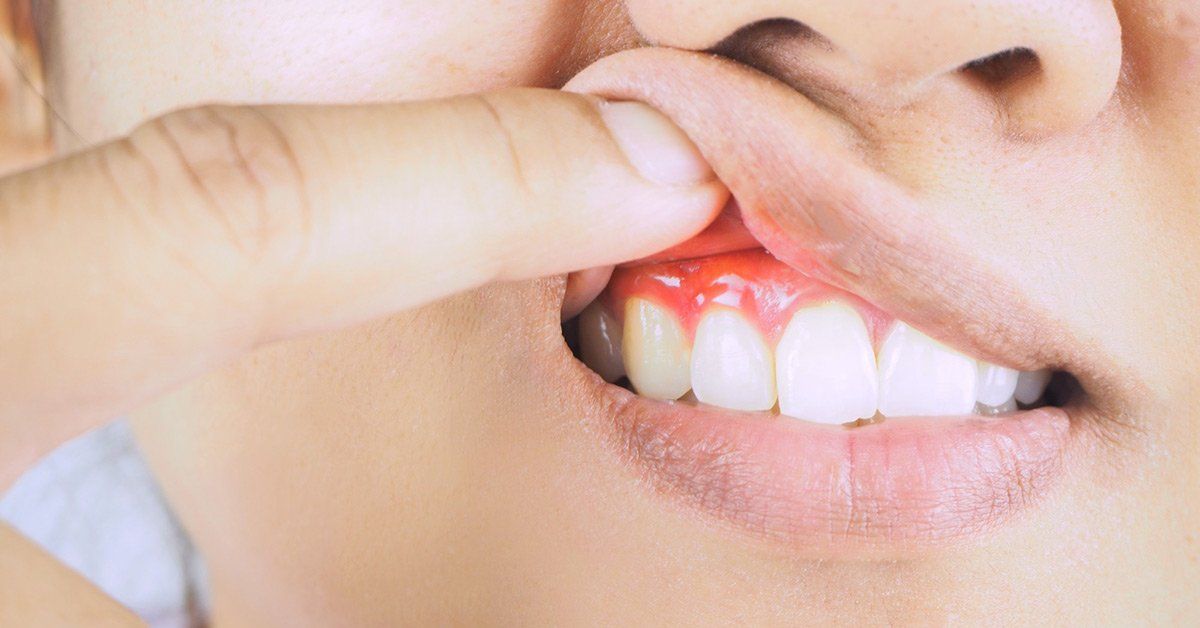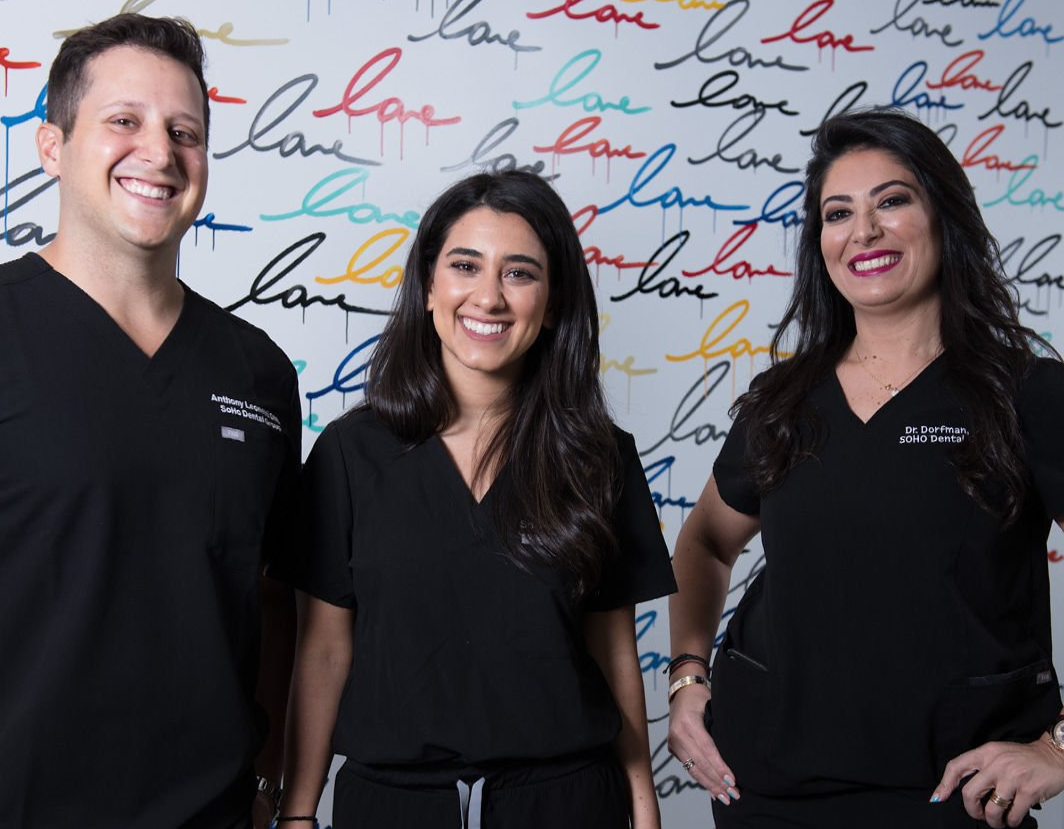Gingivitis: Symptoms, Causes and Treatments
There are several things you need to understand about gingivitis. You can check out our detailed guide right here to learn more.
Did you know that almost half of adults over the age of 30 have some form of gum disease? One of the most common conditions caused by bacteria on your gum line is known as gingivitis. Thankfully, gingivitis is preventable and easily treated.
We’ll go over the causes of gingivitis as well as the best ways to treat it and keep it from coming back. Here’s our go-to guide for everything you need to know about gingivitis.
What Is Gingivitis?
Gingivitis is one of the most common types of gum disease. When plaque is left on your gum tissues this can cause irritation. Plaque occurs naturally in everyone. This sticky film is filled with bacteria.
If you don’t remove plaque it will produce toxins. These toxins penetrate your gum line and cause irritation. Your gums become inflamed, puffy, and red. You’ll also see bleeding from your gumline.
If gingivitis isn't treated you can see weaker tooth enamel or even tooth loss. The key to good oral health is keeping your gum line plaque-free.
The Most Common Gingivitis Causes
Plaque is the biggest culprit when it comes to gingivitis. Gingivitis is often the reason you’ll see bleeding gums when you brush your teeth. In addition to plaque, there are a few other common causes of gingivitis.
- Poor hygiene is one of the leading causes of gingivitis. Not brushing your teeth will cause plaque to build up. This can also happen if you don’t floss or use mouthwash.
- Smoking or using tobacco will also put you at risk for gingivitis. Smoking can also cause your treatment to not be as successful. This means even if you get your gingivitis taken care of by your dentist, regular smoking can cause it to reoccur.
- Leaving plaque on your gum line will also cause gingivitis. If you’re brushing your teeth and you aren’t reaching your gum line, plaque gets left behind. Make sure you brush your teeth for the recommended two minutes and floss daily.
- Your diet will also affect your gum line and oral health. The healthier you eat, the better your body can fight off gum disease and other infections.
- Stress and hormonal changes can also cause gum disease. Pregnancy and other hormone imbalances can make your body more susceptible to infection.
- Pre-existing medical conditions can also affect your immune system. This can make it hard for your body to fight off diseases such as gum disease.
Gingivitis Symptoms
Gingivitis often goes unnoticed at first. You won’t experience much pain with gum disease at the onset. Because of this, you should know what symptoms to watch out for.
- Puffy gums that are red even when not brushed can be a sign of gum disease. You’ll also notice bleeding when brushing your teeth or flossing. Eventually, your gums will become sore and tender.
- Your teeth will also become sensitive and painful. With gum disease, your gums are more exposed. When you drink or eat hot or cold food, your gums will be more sensitive to temperature.
- Bad breath is another unfortunate sign of gingivitis. The plaque that builds up on your gums contains bacteria. These bacteria contain old food particles and waste.
Your teeth could also become loose. When you’re eating or biting down, your teeth might shift. This is a severe gum disease known as periodontitis.
Gingivitis Treatment
Having gingivitis can be scary. You might be overwhelmed with how to treat it and go in to see a dentist. If you suspect you have gum disease, your dentist can do wonders to give you relief.
Gingivitis is preventable and treatable with the right plan. The most important step to treating your gingivitis is removing the plaque.
The more plaque you can get rid of, the better off your teeth and gums will be. Your dentist has specialized tools that do a more thorough job than brushing alone.
Professional cleaning is the best way to treat gingivitis. Brushing and flossing will also help to remove plaque between dental visits. Speak to your dentist about which toothbrush they would recommend as well.
You want to make sure you’re using the right toothbrush to get the plaque off. You also want one that is cleaning your gum line so you don’t leave plaque behind.
Preventing Gingivitis
To prevent gingivitis, brushing your teeth and gums twice a day is the best thing you can do at home. Besides proper brushing, make sure you’re also flossing.
You should also rinse your mouth with mouthwash each day. After you eat, if you can’t brush your teeth, drink water to rinse your mouth. Food left on your teeth will contribute to plaque build-up.
The most important thing you can do to prevent gum disease is to visit your dentist as recommended. For most people, this is twice a year. If your gum disease is more severe, your dentist may recommend more cleanings.
Staying up to date with dental visits will make sure your teeth are getting cleaned. Your dentist also evaluates the health of your teeth and gums. This preventative care will make sure any issues get caught and addressed early.
Speak With Your Dentist About Your Gingivitis Symptoms
Gingivitis is unsettling. Thankfully, gingivitis is treatable. Seeing your dentist will help make sure your gums are clean and prevent gingivitis. Brushing and flossing at home is also an easy gingivitis treatment.
If you suspect you have gum disease, Soho Dental Group in New York, NY offers gingivitis treatment and prevention services. Fill out the contact form here to get in touch with a dental professional. You’ll be one step closer to a healthier smile.



